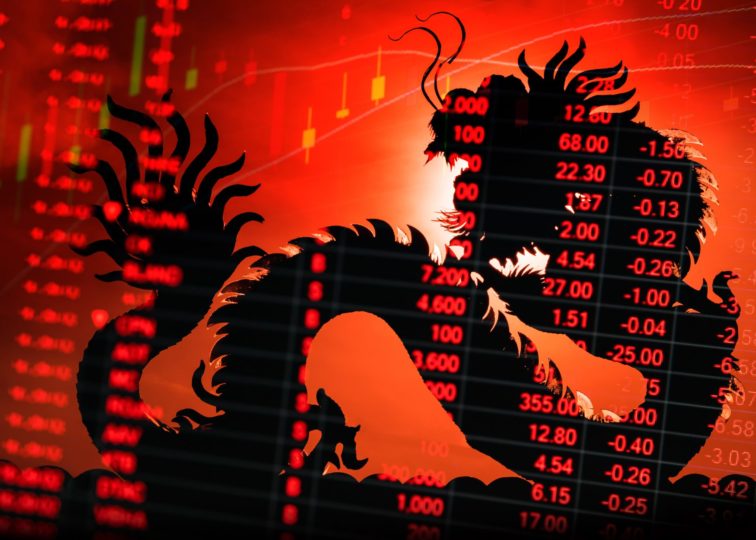
Blog
Chinese Factories Struggle with Labor Shortages
August 26, 2021
Much has been made about America’s ongoing labor shortages, which has seen employers struggle to fill positions, even as the number of available jobs outpaces the number of workers seeking employment. The U.S. is not the only nation facing this challenge, and Chinese manufacturers are similarly having difficulty in finding workers.
A report from the Wall Street Journal finds that, even as global demand for Chinese-made goods is surging, the factories themselves are facing a bottleneck caused by a labor shortage.
The WSJ notes two immediate causes. The first is apprehension on the part of migrant workers to travel from their rural homes to the nation’s industrial centers during the pandemic. The number of migrant workers in China fell in 2020 to 285.6 million, down from 290.8 million in 2019. The second is the shifting priorities of young Chinese workers, who are increasingly shunning factory work and hoping for better paying, less strenuous work in service-industry jobs. The country produced a record number of college graduates last year, and most of these graduates are only interested in white-collar jobs.
Ultimately though, the problem is the result of China’s decades-long one-child policy, which was only abandoned in 2016. China is estimated to lose 35 million workers over the next five years as a result of the policy. Economists worry that the demographic shift in China’s population poses a threat to the long-term growth potential of the nation, and could impact the global economy.
Some of the factory owners who spoke to the WSJ said they have tried to raise wages to attract workers, but they are constrained by higher material costs. If China is forced to raise labor costs, it could make it harder to supply the world with cheaply manufactured goods, which would add to global inflationary pressures.
